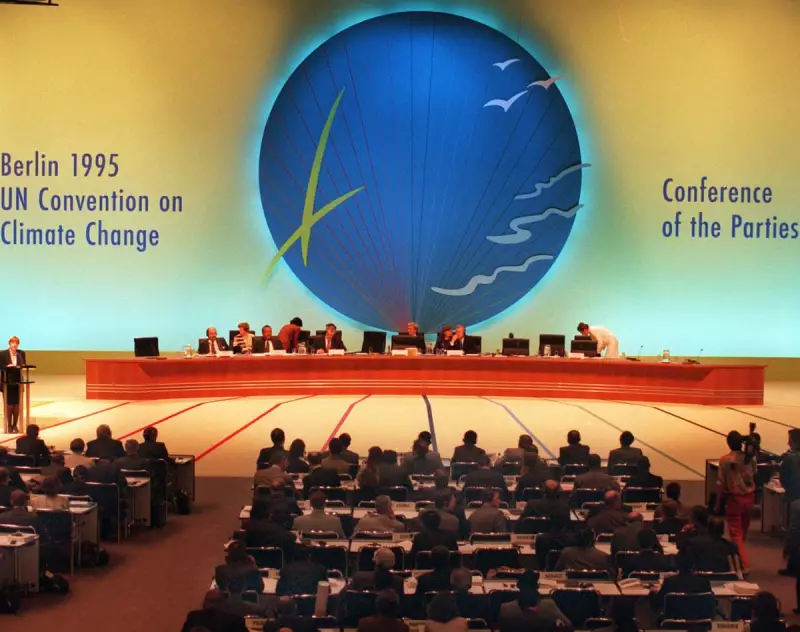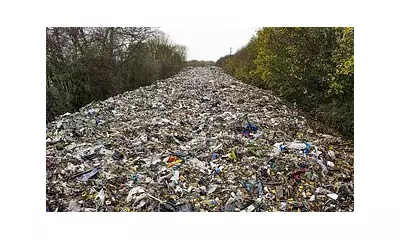
In 1995, as world leaders gathered for the inaugural United Nations climate conference in Berlin, a stark warning was issued: civilisation must drastically reduce greenhouse gas emissions to prevent catastrophic planetary overheating.
A Historic Gathering and a Stark Warning
The first Conference of the Parties, or COP, saw German Chancellor Helmut Kohl deliver a passionate plea for action. Chairing the event was a then lesser-known East German official, Environment Minister Angela Merkel, who was noted for her firm and efficient management of the proceedings. UK journalists covering the event presciently concluded she had a bright future ahead of her.
At that pivotal moment in 1995, the atmospheric carbon dioxide concentration stood at 360.67 parts per million (ppm). The urgency of the situation prompted the immediate commissioning of a book, Global Warming: Can Civilization Survive?, which would become the first of several on the escalating climate crisis.
Three Decades of Repeated Warnings
Fast forward through thirty years of subsequent COPs—from Kyoto and Paris to the present day—and the core message has remained tragically consistent. The same fundamental speech delivered by Chancellor Kohl has been echoed, sometimes almost verbatim, by a procession of prime ministers, presidents, and campaigners at each annual gathering.
Despite these repeated diplomatic rituals and calls for global cooperation on greenhouse gases, the scientific data tells a story of relentless deterioration. The carbon dioxide level, tracked daily, has now skyrocketed to 426.68 ppm.
The Unassailable Facts of a Failing Mission
This current figure is far beyond the 350 ppm threshold that many scientists identify as a so-called safe limit for the climate. Experts warn that this trajectory pushes the planet further towards environmental oblivion. Throughout this period, the columnist notes a persistent pressure from news editors to temper bleak reporting with optimism.
In a final, powerful statement, the columnist concludes that after witnessing three decades of negotiations and rising emissions, the facts speak for themselves. The data provides a sobering epitaph for a mission that has, so far, failed to curb the central driver of global warming.





